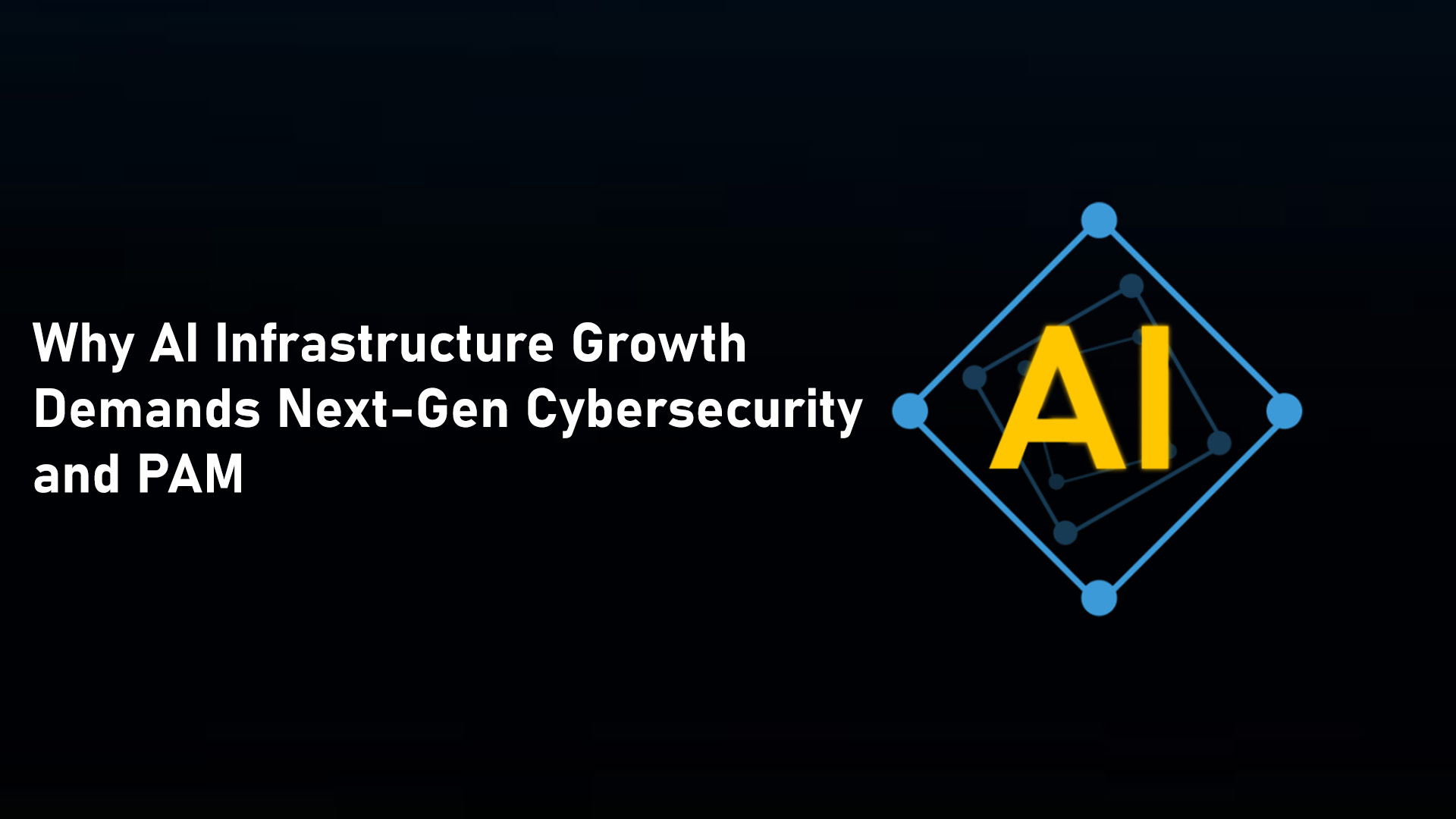Global Artificial Intelligence (AI) infrastructure spending is projected to surpass $200 billion by 2028, according to research from the International Data Corporation (IDC). As organizations rapidly deploy more complex AI systems, the demand for high-performance infrastructure, like Graphics Processing Units (GPUs) and AI accelerators, is surging. This growth exponentially increases computing power, energy consumption and data exchange across hybrid and cloud environments. However, this rapid expansion of AI infrastructure also increases cybersecurity risks.
Traditional security frameworks are falling short in reducing attack surfaces and securing privileged access. The future of AI requires a modern Privileged Access Management (PAM) solution to protect dynamic cloud environments.
The explosive growth of AI infrastructure
Enterprises are rushing to deploy larger and more powerful systems to keep up with the rapid speed of AI breakthroughs. At the center of this growth is a surge in demand for GPUs, which are crucial for training and running modern learning models. Most AI stacks are highly complex and require significant resources, prompting many cloud providers to invest heavily in AI-specific data centers that can process what traditional infrastructure can’t. Since these centers are designed to sustain advanced workloads, organizations require large amounts of computing power, leading to significant increases in energy consumption. Based on a report from the International Energy Agency (IEA), U.S. AI-specific data centers are expected to account for almost half of the country’s electricity demand growth through 2030 – consuming more energy than all energy-focused manufacturing sectors combined.
In addition to the complexity and energy consumption of AI infrastructure, modern AI stacks are deeply integrated into training pipelines, Application Programming Interfaces (APIs) and datasets, which must interact seamlessly across hybrid and cloud environments for optimal performance. As reliance on AI increases, organizations must maintain performance and scalability without jeopardizing their compliance or overall security posture.
Security risks in AI-driven environments
When AI infrastructure expands, so does the attack surface – the total number of entry points where an unauthorized user could access sensitive systems or data. Potential entry points, or attack vectors, include hardware, GPU clusters, software, APIs and endpoints that can be exploited in a cyber attack. One of the most at-risk attack vectors in AI infrastructure is privileged access.
Privileged users, such as engineers, IT administrators and DevOps teams, typically have elevated permissions across infrastructure used for provisioning and accessing data. If just one privileged account is compromised, cybercriminals can use it to access sensitive systems and even corrupt AI outputs.
Traditional perimeter security is no longer sufficient because relying solely on firewalls or network-based defenses cannot provide full visibility and access control. With a modern PAM solution in place, organizations can shift from traditional security methods to identity-centered security models that prioritize enforcing least-privilege access, session monitoring and continuous validation of both human and non-human users through zero trust.
Why modern PAM is critical
As AI environments grow in size and complexity, a modern PAM solution is essential for securing both human and non-human identities. By implementing a PAM solution, organizations can ensure secrets aren’t hardcoded in scripts or exposed in configuration files. Unlike legacy PAM solutions that were built around traditional IT roles and static infrastructure, modern PAM solutions are designed to scale with cloud-native, AI-driven architectures. When a single compromised credential can lead to widespread access across an organization’s infrastructure, deploying a modern PAM solution gives organizations granular control over privileged access, improves visibility and reduces the attack surface.
To secure complex AI environments, modern PAM solutions deliver critical capabilities such as:
- Just-in-Time (JIT) access: Grants privileged access only when necessary and for a limited duration, eliminating standing access.
- Session monitoring and recording: Tracks all privileged sessions in real time and helps detect suspicious activity with detailed audit trails.
- Secrets management: Securely stores, rotates and manages credentials and secrets used in AI pipelines.
- Zero-trust security: Enforces continuous authentication for every user, device and session before granting access.
Securing the future of AI infrastructure with KeeperPAM
As organizations invest in AI, protecting privileged access must remain a top priority. Traditional PAM tools that once protected legacy systems are no longer able to keep up with the demands of AI environments, specifically regarding privileged access. While organizations focus on investing in AI innovation and training Large Language Models (LLMs), they must also invest in cybersecurity, as failure to control privileged access can compromise sensitive data and systems.
Luckily, KeeperPAM is built with the future in mind. Designed for high-performance, resource-intensive environments, KeeperPAM is a modern, cloud-native PAM solution that scales seamlessly alongside AI workloads.
Request a demo of KeeperPAM today to secure your organization and stay ahead of the risks in AI-driven environments.
Source: Keeper Security





